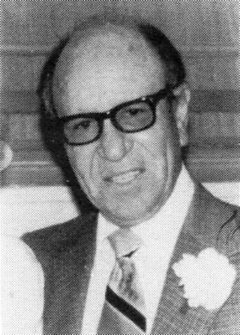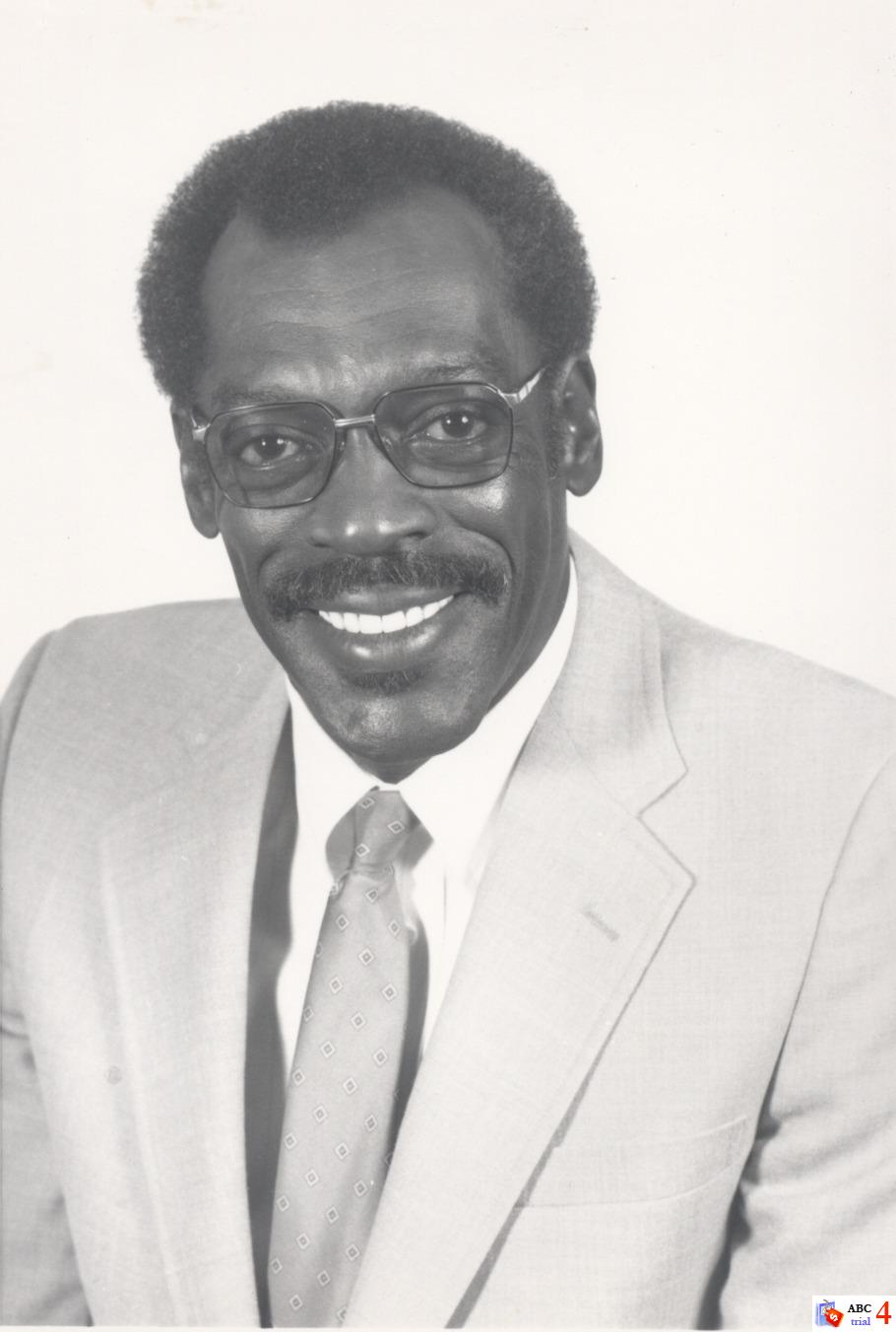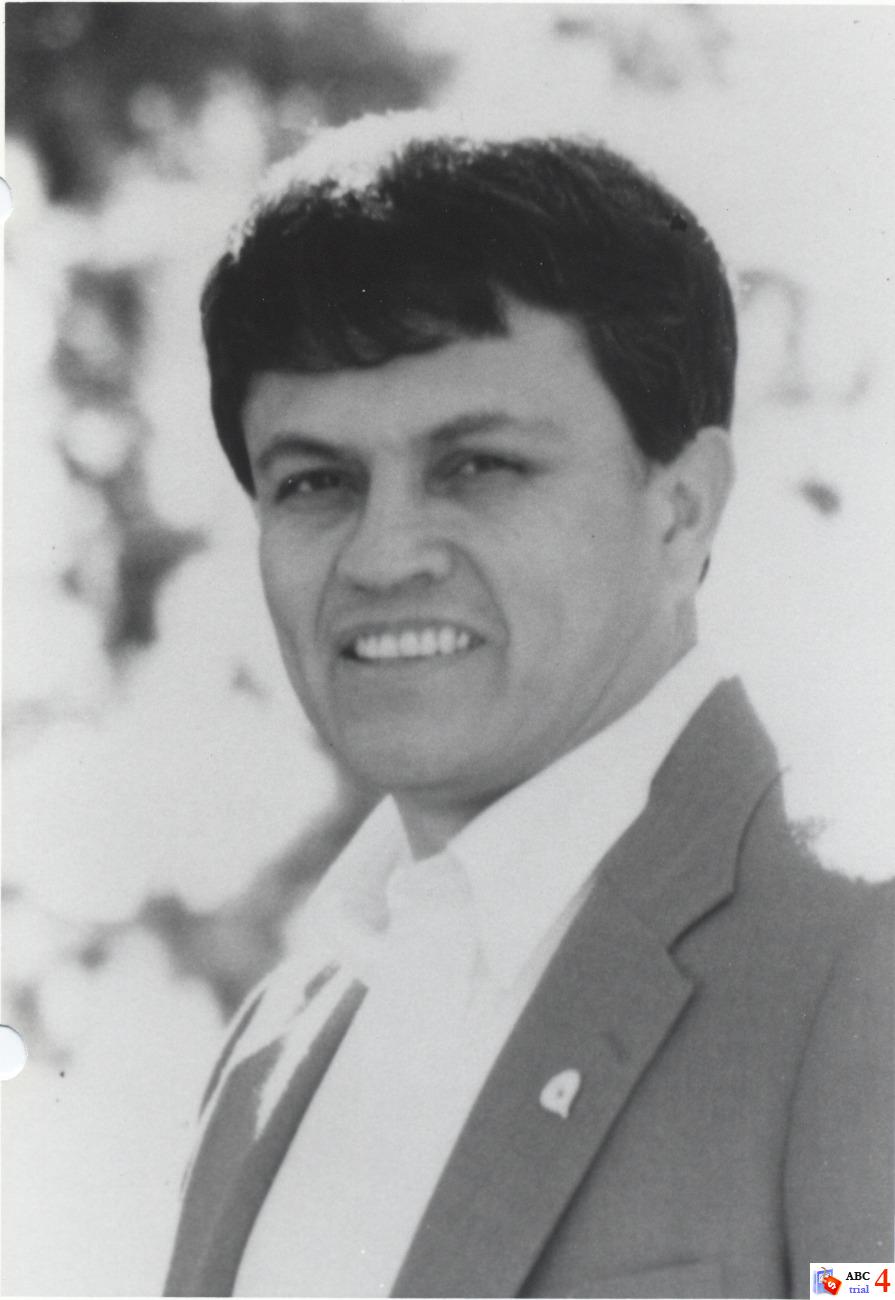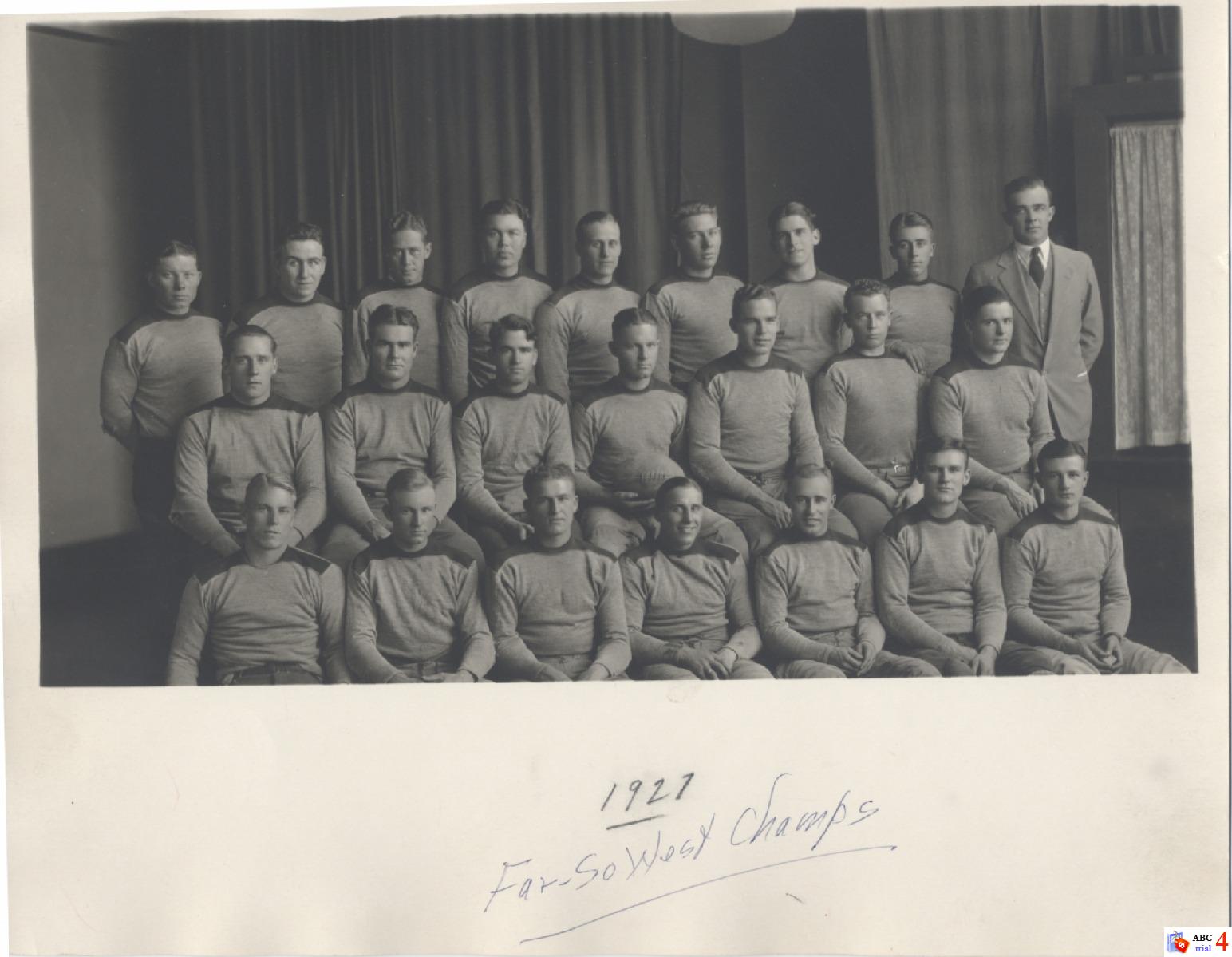- H.L. “Hickum” Galles
- H.L. “Hickum” Galles
On UNM’s first Border Conference championship team in 1934, there labored in relative obscurity a stout, fast and ferocious lineman by the name of Hickum L. Galles. To hear his contemporaries tell it, Galles was one of the finest offensive and defensive linemen ever to perform at UNM.
The credibility of such plaudits is bolstered by Galles’ outstanding leadership in business and civic endeavors following his graduation in 1935. The Galles name is synonymous with successful automobile dealerships in New Mexico.
Hickum was president of the National Automobile Dealers Association and served as a member of numerous fraternal clubs, civic groups and business advisory boards. He was president of the UNM Lobo Club, a contributor to the UNM Presidential Scholarship Program and a recipient of the Zimmerman Award, the UNM Alumni Association’s most prestigious honor.
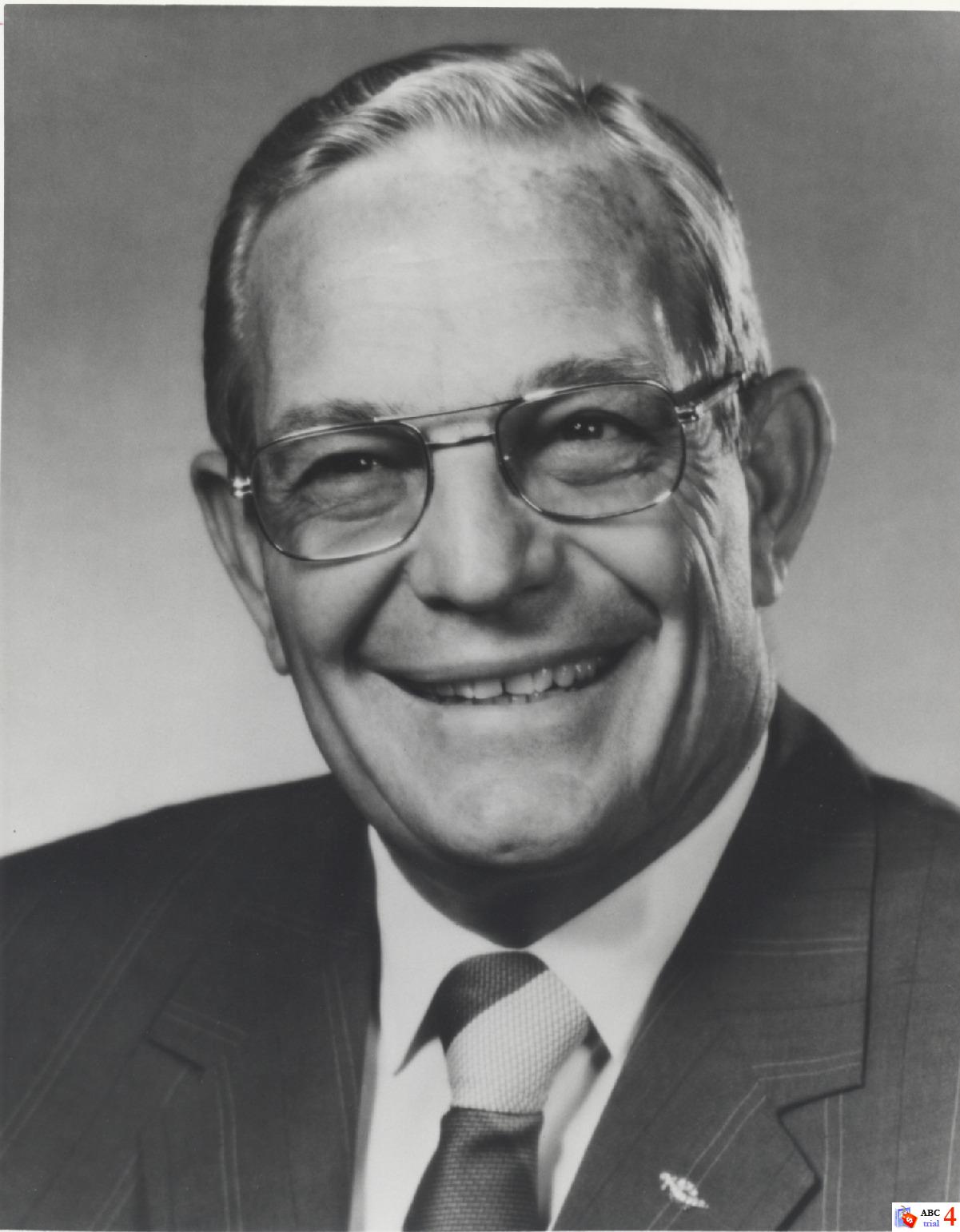
- Abie Paiz
- Abie Paiz
Born in Velarde, N.M., Paiz, a 5-foot-8, 150-pound quarterback, received scholarship offers from UCLA and Texas Tech, but chose to stay home. It was at UNM where Paiz teamed with standout receiver Ralph Bowyer to establish one of the finest aerial combinations in the Southwest.
Paiz led New Mexico to the 1934 Border Conference championship with an 8-1 mark. He connected with Bowyer on two of the longest pass plays ever seen at the time: a 70-yarder in the 18-12 win over Arizona State and a 63-yard toss against Texas Mines (UTEP). Paiz was named all-Border Conference in 1934 and ’35, playing both offense and defense.
After service in the Navy, Paiz joined the Belen School System in 1947. He went on to become director of athletics as well as head football coach, head track coach, and assistant basketball coach. Paiz served as assistant principal before retiring in 1971.
/* Style Definitions */ table.MsoNormalTable {mso-style-name:”Table Normal”; mso-tstyle-rowband-size:0; mso-tstyle-colband-size:0; mso-style-noshow:yes; mso-style-priority:99; mso-style-qformat:yes; mso-style-parent:””; mso-padding-alt:0in 5.4pt 0in 5.4pt; mso-para-margin:0in; mso-para-margin-bottom:.0001pt; mso-pagination:widow-orphan; font-size:11.0pt; font-family:”Calibri”,”sans-serif”; mso-ascii-font-family:Calibri; mso-ascii-theme-font:minor-latin; mso-fareast-font-family:”Times New Roman”; mso-fareast-theme-font:minor-fareast; mso-hansi-font-family:Calibri; mso-hansi-theme-font:minor-latin; mso-bidi-font-family:”Times New Roman”; mso-bidi-theme-font:minor-bidi;}

- Adolph Plummer
- Adolph Plummer
Based on pure excitement, Adolph Plummer arguably stands head and shoulders above every track and field athlete Albuquerque has ever watched perform on the prep or college level.
The Brooklyn, N.Y., native never ran on a competitive basis until joining the Air Force after graduating from high school. Plummer quickly became an attraction in the early 1960s when UNM track meets would regularly draw thousands of spectators. He was an NCAA All-American three times, AAU All-American on six occasions and was the 1963 Western Athletic Conference Athlete of the Year.
The WAC honor followed one of the greatest single feats ever recorded in the 1960s – a 44.9 clocking in the 440-yard dash at the 1963 WAC Outdoor Championships in Tempe, Ariz. that ripped an unbelievable eight-tenths of a second off Glenn Davis’ previous world record.
Plummer eventually moved to Denver where he worked more than three decades as an administrator in the city’s high school system. He received several awards for his work with underprivileged children. Plummer also served a stint as UNM’s director of academic advisement before returning to Denver.

- Bobby Santiago
- Bobby Santiago
One of only three Lobos to have his football jersey number (No. 42) retired, Bobby Santiago led UNM to the 1961 Aviation Bowl championship when he garnered MVP honors.
As a senior in 1962, he was a third team All-American by United Press International. He broke nearly all of Don Perkins’ school rushing records, including a 91-yard touchdown run that remained the longest in school history through the 2009 season.
Santiago spent countless hours helping the youth of the state of New Mexico. He served on the Governor’s Committee for Physical Fitness and on the Albuquerque Public School Board.
/* Style Definitions */ table.MsoNormalTable {mso-style-name:”Table Normal”; mso-tstyle-rowband-size:0; mso-tstyle-colband-size:0; mso-style-noshow:yes; mso-style-priority:99; mso-style-qformat:yes; mso-style-parent:””; mso-padding-alt:0in 5.4pt 0in 5.4pt; mso-para-margin:0in; mso-para-margin-bottom:.0001pt; mso-pagination:widow-orphan; font-size:11.0pt; font-family:”Calibri”,”sans-serif”; mso-ascii-font-family:Calibri; mso-ascii-theme-font:minor-latin; mso-fareast-font-family:”Times New Roman”; mso-fareast-theme-font:minor-fareast; mso-hansi-font-family:Calibri; mso-hansi-theme-font:minor-latin; mso-bidi-font-family:”Times New Roman”; mso-bidi-theme-font:minor-bidi;}

- 1927 Football Team
- 1927 Football Team
Legend has it that the 1926 Lobo football team suffered the ignominy of having to finish the final game with only 10 able-bodied players. The 11th, who was injured, crawled to the line of scrimmage just inside the sideline for each down until the game was completed.
From this desperate circumstance sprang the heroic 1927 squad, the only undefeated UNM football team in a full season’s play against exclusively collegiate competition. The triumphant Lobo emerged with an 8-0-1 record, the lone blemish a 6-6 tie against Texas Mines (UTEP).
Coached by Roy Johnson, the 1927 aggregation featured such stalwarts as Mannie Foster, Jack Fish, Rufus Stinnett, Geard Armstrong, Malcolm “Squirt” Long and a blazing offensive halfback in John Dolzadelli.
The remarkable season would have provided UNM with a conference championship, however, it was a few years before the formation of the Border Conference in 1931.

